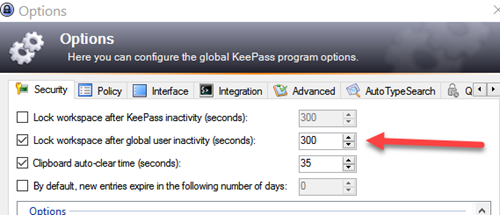
KeePass’ password generator offers a dizzying array of options for how passwords are generated, but most of these are probably beyond the scope of the average user’s needs. New entries automatically populate with a 20-character generated password containing lowercase and uppercase letters and numbers. Any credentials not included in your initial import have to be added to your database manually one by one. Unlike modern password managers, KeePass does not have a browser extension that automatically captures and replays login credentials as you use and update them.

KeePass rates the quality of your master password.Īdding and creating new passwords takes a lot more work. In the end, I chose the latest release of edition 2.x because it supports additional security features that 1.x doesn’t. KeePass provides a link to an edition comparison page, which states the two editions are “fundamentally different (2.x is not based on 1.x).” But many of the differentiators are tough to decipher if you don’t have the requisite technical background. However, there’s little to guide your decision about which version to download. There are two editions, 1.x and 2.x, and developers continue to support both. If you’re one of those average users, things get muddy the moment you go to download KeePass.

On the plus side, it offers a high degree of customizability but requires a certain technical proficiency to take advantage of it, something the average user probably doesn’t have.

While functionally solid, the core program lacks many of the features we’ve come to expect from modern password managers such as password capture and replay, password auditing, dark web monitoring, and a native mobile app.

KeePass is a free, open-source password manager that’s been around for 20 years. Price comparison from over 24,000 stores worldwide


 0 kommentar(er)
0 kommentar(er)
